I participate in quite a few werewolf centered social media outlets, and I’ve noticed something of late. When people discuss innovative or exciting werewolves from the past three decades of cinema history the name William Corvinus rarely comes up. Why? I mean look at him, he’s a beast.
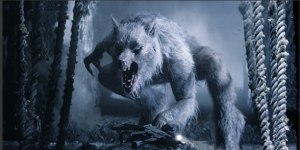
And he has a great backstory. William was more than just a denizen of the Underworld film series. He was one of the central characters, as the founding father of all lycans (as second generation werewolves are termed in the Underworld mythos). Turned in the 5th century A.D. he was the first of his kind. William was an incredibly destructive beast; roaming the countryside, killing thousands, and turning hundreds more people into werewolves.
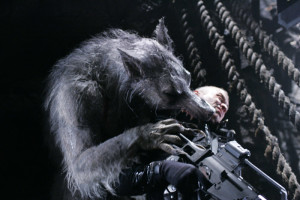
It took six centuries to hunt and capture him. For eight hundred years thereafter he was imprisoned. But this was the most impressive part. When he was finally released, and in spite of being heavily weakened from having not fed in centuries, he still proved a powerful foe. He fought a combined force of well armed humans and hybrid immortals to a near standstill, until the strongest of the hybrid creatures finally killed him.
Therein lies part of the reason for William’s relative anonymity. Much of his story was backstory. The one exception being the wonderful medieval-winter-time vignette that opened the second film in the series. Had the second movie featured a few more flashbacks to William’s story then the epic concluding fight between the major immortal characters would have been that much more powerful, and it would have made for a better viewing experience.
But because William’s history happened off-camera audiences were not allowed to appreciate his awesome capabilities. I will never understand the film maker’s decision to use exposition to portray what could have been one of the best cinematic werewolves ever. This represented a major flaw, one of many, that undermined what had the potential to be a great series of films if for no other reason than the fresh ideas it delivered to the general public in terms of werewolf design. What I mean is that for a Hollywood produced mass-market film (and not a graphic novel, comic-book, or other artist driven illustration) William was a well thought out creature.
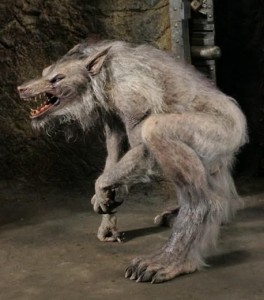
Quibble if you may with his white fur and eyes, but look at that bone structure and musculature. For instance, werewolves are sometimes portrayed as being incredibly fast. But those same werewolves when shown onscreen have large upper bodies and spindly little legs. Cough, cough, ahem….Dog Soldiers (an otherwise fantastic film). This is not the case with William. Look at those legs. Long, muscular, and with huge feet and powerful calves. These things would make Arnold Schwarzenegger proud. They are exactly what one would expect to see on a creature with explosive speed and leaping ability. In addition William’s muzzle is suitably canine without being so wolfish as to be….well…a wolf. It’s truly a shame that this interesting creation spent far less time onscreen than this guy:
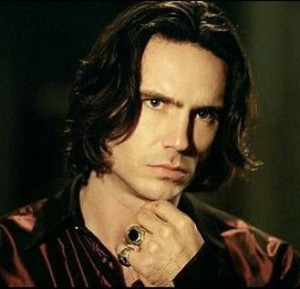
You were robbed, William.
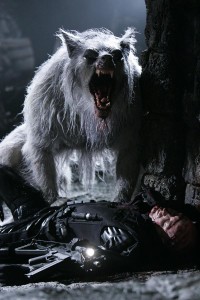
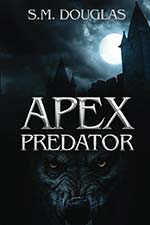
Recent Comments